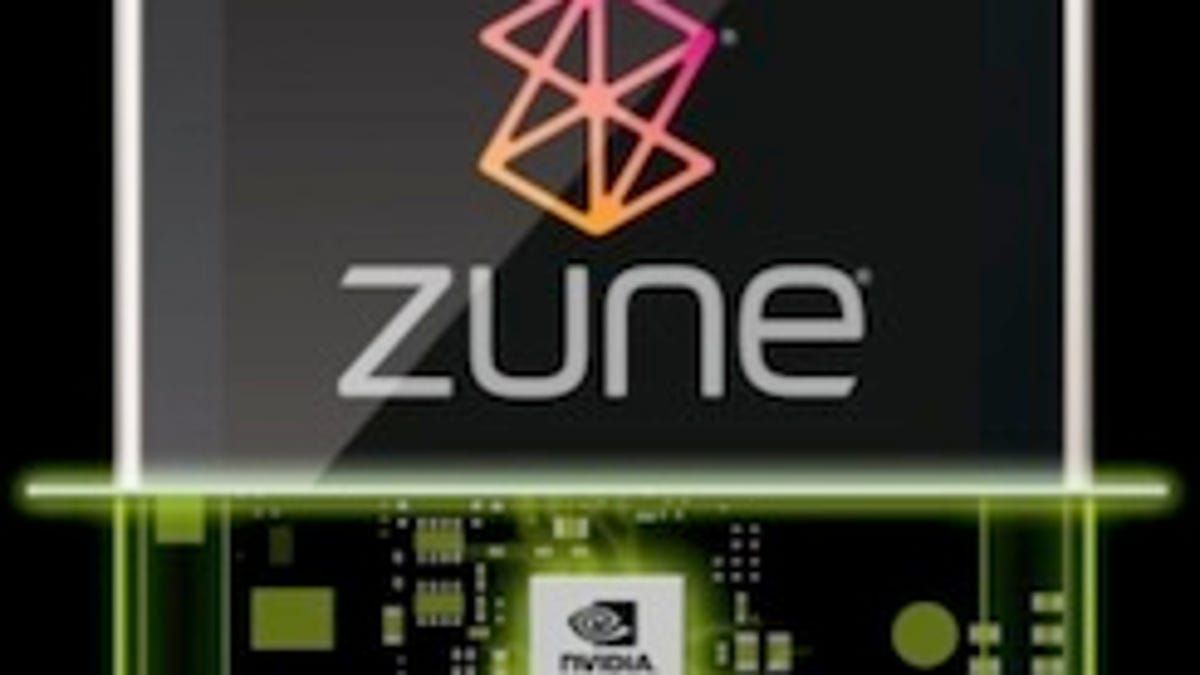Windows on ARM chips: Intel impact
What happens to Intel in the age of a version of Windows running on top of ARM chips from companies like Qualcomm, Texas Instruments, Freescale, and Nvidia?

So, what happens to Intel in the age of a version of Windows running on top of ARM chips from companies like Qualcomm, Texas Instruments, Apple, Freescale, and Nvidia?
A report today is fueling speculation that Microsoft will bring a more full featured version of Windows to ARM--arguably the most widely used chip architecture in the world. This comes after Microsoft announced in July that it has gotten an architectural license from ARM.
The most obvious impact is that Windows runs on more devices, many of which do not necessarily use Intel processors. The Zune HD is probably the best contemporaneous example of a smaller, non-PC device. That media player runs a version of Windows CE on top of an Nvidia ARM processor. Then, of course, there is Windows Phone 7--most of those phones use an ARM-based processor from Qualcomm.
An ARM-compatible, more full-featured version of Windows will almost certainly run on Intel, but the point is that Intel would be just another player among a bevy of ARM chip heavyweights, such as Qualcomm, Texas Instruments, Apple, and Samsung Electronics.
And remember the Compaq iPaq handheld? That used an Intel ARM design. But iPaq handhelds also ran on other ARM chips, from suppliers such as Texas Instruments. In that market, Intel was just another chip supplier and didn't fare particularly well. In fact, Intel subsequently sold that chip business to Marvell.
"There's no reason you couldn't build a tablet around Atom, but what does that bring to the table?"--said Linley Gwennap of the Linley Group, a chip-consulting firm, referring to Intel's power-efficient Atom chip, used in virtually all Windows-based Netbooks.
"The whole PC paradigm is being turned around here," Gwennap said. "With the [Windows-Intel] PC, you couldn't get any [other chip] architecture in there, because of the huge software base. All that software runs on Windows, runs on Intel. Now, with the tablet market, to the extent that there's a software base, it runs on ARM."
Future trends are the most worrisome for Intel. The smartphone and tablet market runs on ARM, and both of those device segments are beginning to act more like PCs every time a new product is announced from Apple, Motorola, Samsung, or HTC.
Until Intel brings out a more power-efficient Atom architecture that offers discernibly better performance than ARM (two seemingly contradictory metrics), it will have a difficult time finding space in small devices such as smartphones and tablets. So, whether the report today is accurate is practically irrelevant, since the writing is already on the wall.
Updated at 6:40 p.m. PT: adding comments from Linley Gwennap.

